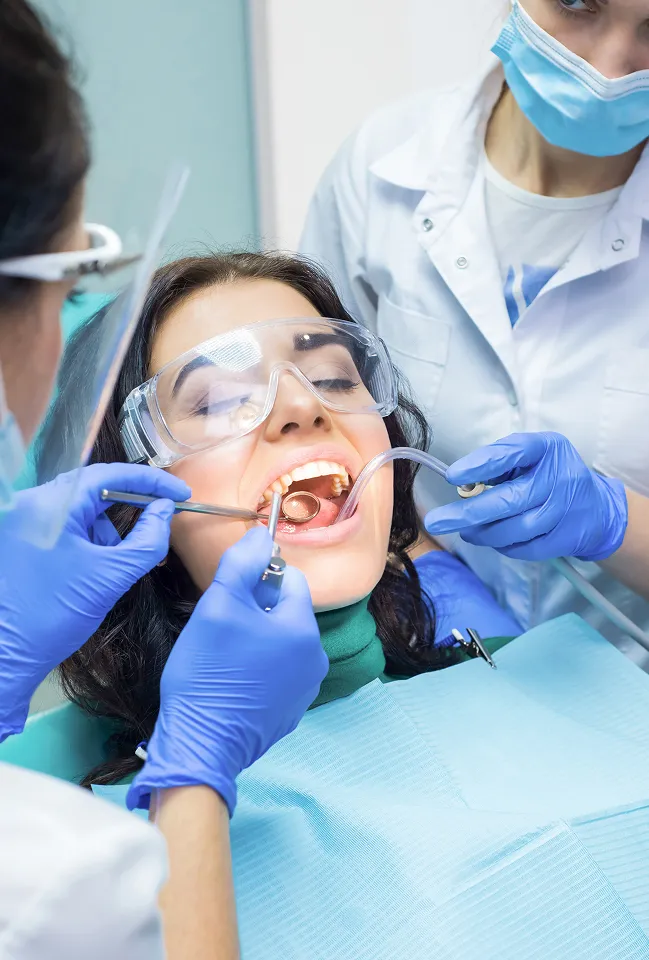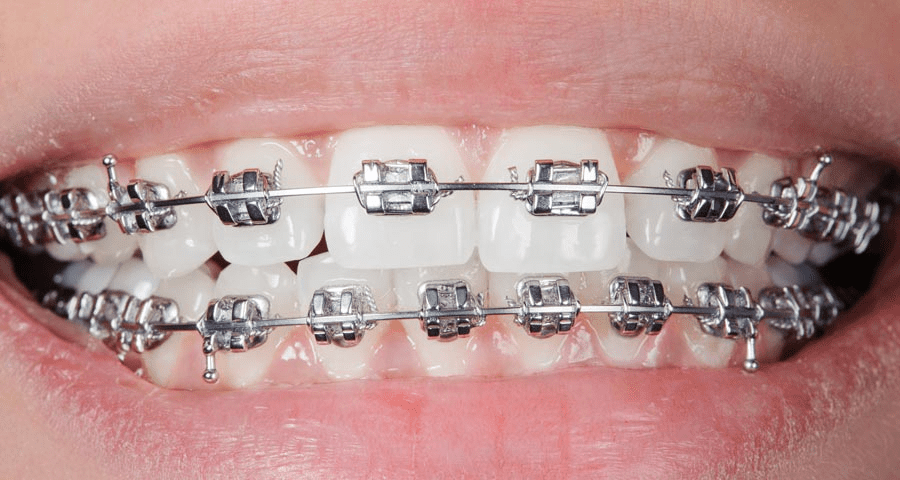Types Of Bone Grafting
The type of bone grafting treatment you receive will depend on the condition of your jawbone. Major bone grafts are performed when there is significant bone loss or injury. This often involves harvesting bone tissue from another part of your body, like your hip, skull, or leg.
Major bone grafting typically requires a hospital stay. But in most cases, bone grafting for [dental implants] is a minor surgical procedure that can be performed right here, at our high-end dental and medical boutique.
There are three main types of bone grafts used in dentistry today:
HUMAN BONE
Bone material from your own body or a deceased donor can be used as a graft.
ANIMAL BONE
Also called xenogenic bone grafts, these can be made from sterilized animal bone.
SYNTHETIC BONE
Some grafts are made using synthetic materials, like hydroxyapatite, that mimic the look and function of natural bone.
The Grafting Procedure At Dr. Dory’s Dental Boutique & Spa
While the idea of bone grafting may sound nerve-wracking, most grafting procedures for dental implants are straightforward enough to be performed in the comfort of our luxury dental practice.
And of course, not all implant patients will require bone grafts. At Dr. Dory’s Dental Boutique & Spa we are thrilled to offer the life-changing [All-on-4 implant technique], which rarely involves bone grafting, even in patients with major bone loss. Your oral surgeon will help you determine whether or not you need a grafting procedure before your implants.
If you do require bone grafting, the extent of the procedure is determined by the state of the existing jawbone, the number of missing teeth, and your overall health. In most cases, you can expect the grafting procedure to follow three simple steps:
1. Consultation & Treatment Plan
During your initial consultation, your oral surgeon will take digital impressions of your jaw and teeth. Our state-of-the-art intraoral scanner allows us to take extremely precise images without you having to bite on that uncomfortable tray of goopy dental putty. Then, your doctor will discuss treatment options and answer any questions you may have about the procedure.
2. Sedation & Surgery
To make your procedure as comfortable and painless as possible, we offer several [sedation dentistry options]. Bone graft procedures are typically completed under IV sedation or general anesthesia. A trained member of your oral surgery team will administer your anesthesia of choice and monitor your pain levels during the procedure.
After you are comfortably sedated, your surgeon will make a small incision in the gum line and insert the bone grafting material into the weakened bone. Once everything is in its proper place, the doctor will close the incision with sutures and the procedure is over.
3. Recovery & Follow-Up
After your procedure has been completed, you can return home and begin the recovery process. Once the anesthesia starts wearing off, you might experience some pain and discomfort. Your doctor will advise you on what medications to take to manage this pain.
It typically takes three to four months for new bone to form around the graft. Once your jawbone has healed, you can come back for your [dental implant surgery].
After you lose a tooth for any reason, your jawbone begins to weaken and deteriorate. This can affect your appearance and suitability for receiving dental implants. Fortunately, today we have the ability to rebuild a bone from different sources.
At Dr. Dory’s Dental Boutique & Spa, our skilled oral surgeons can restore jawbones with cutting-edge techniques and safe materials. This not only creates a foundation for proper dental implants, but is also an important step for recovering the health, beauty, and functionality of your smile.


















